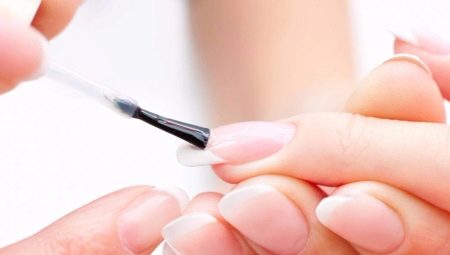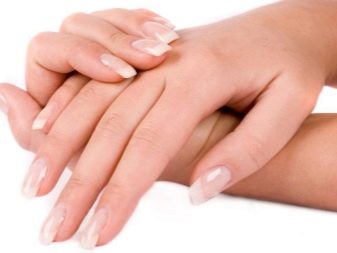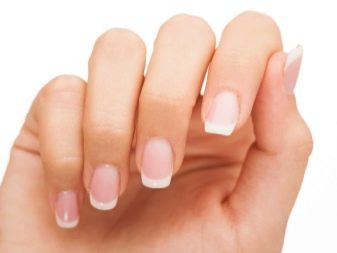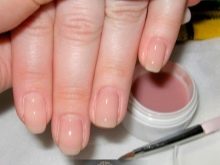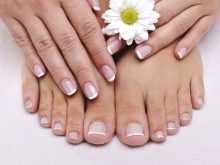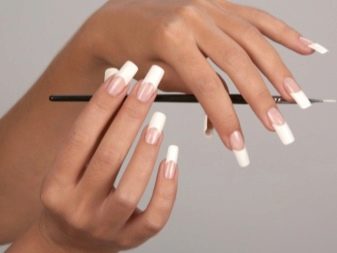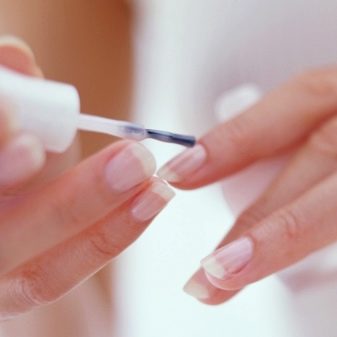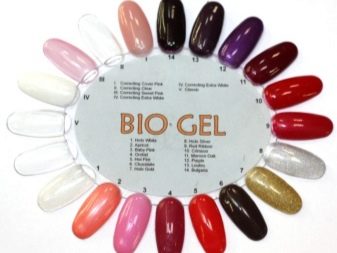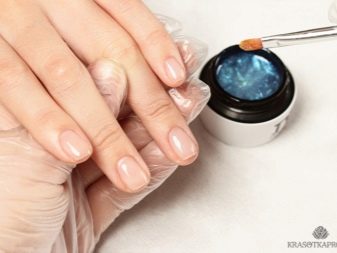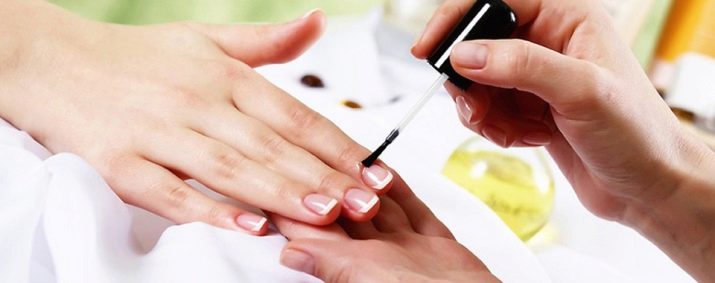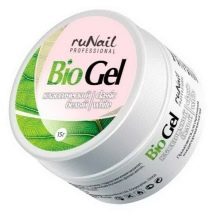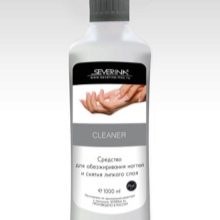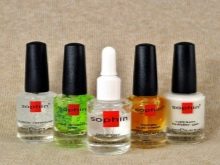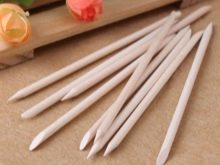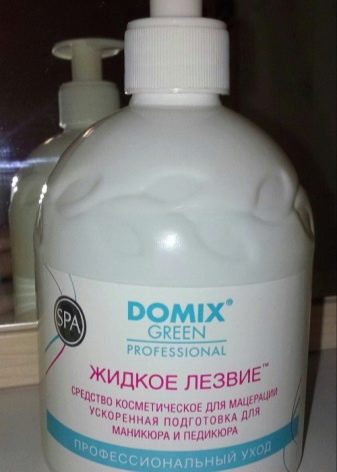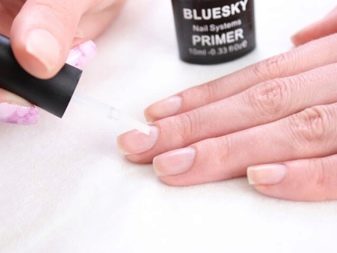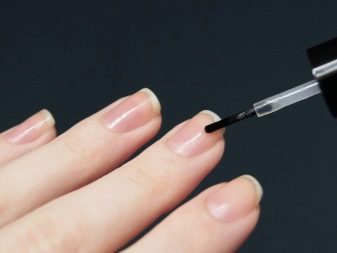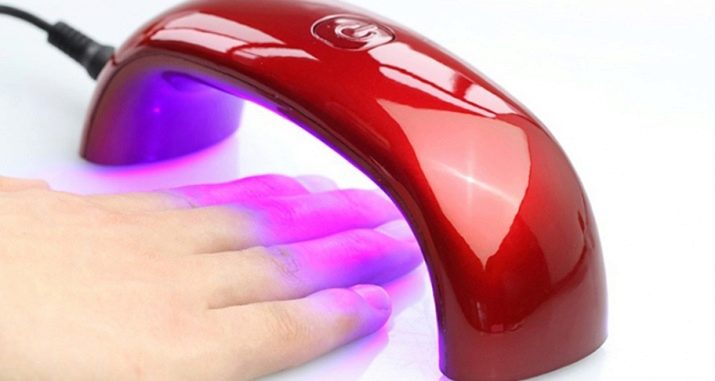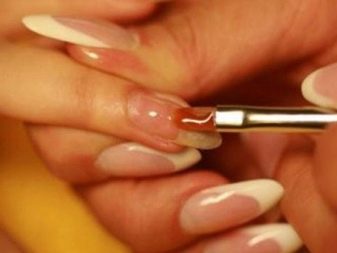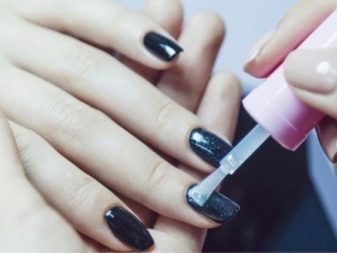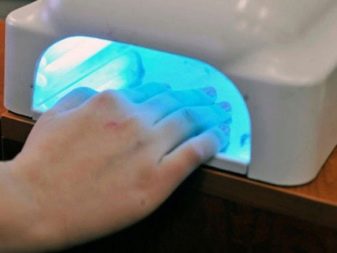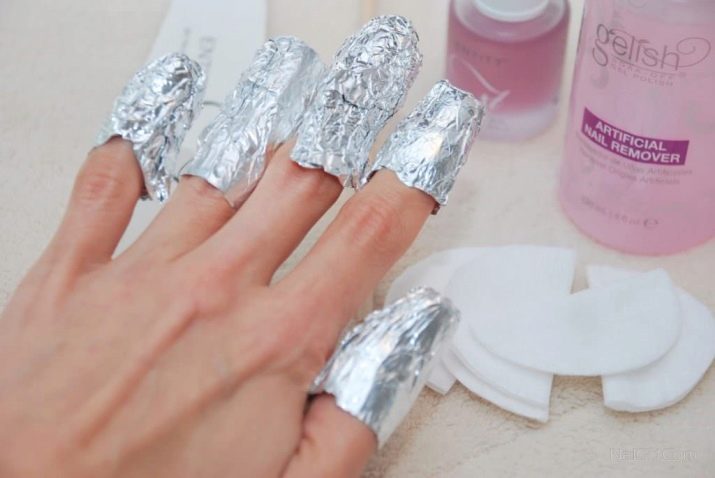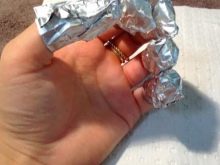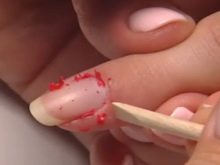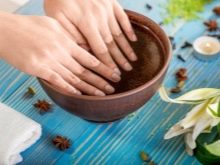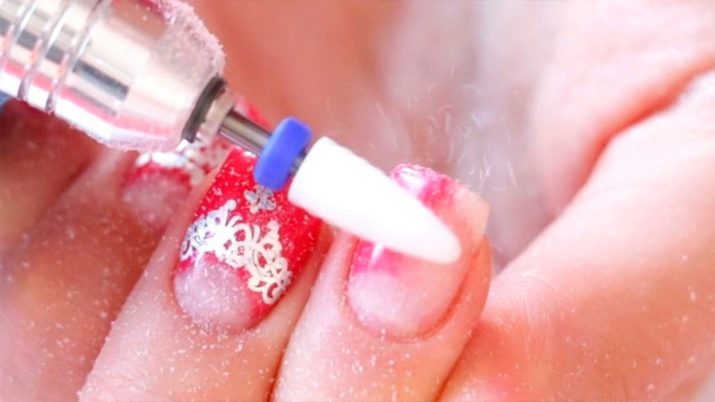Today, the “nail” industry is so developed that even the masters of their craft do not have time to understand all the materials that are on the market. But we all know that there are such means that not only have a decorative purpose, but also have a caring effect. Biogel can be attributed to their number. This tool is suitable for everyone and does not cause allergies.
Features
Vitamins A and E are present in the biogel. Also in its composition are proteins, minerals, teak resin.
This material activates the growth of nails. Choosing biogel as the main coating, it is possible not only to improve the structure of the nail, but also to level its surface, to improve the color. The nutrients contained in the gel, care for the cuticle.
Advantages and disadvantages
Strengthening nails with biogel has a number of advantages. Although there are some disadvantages that should be considered when choosing this tool for work.
Pros:
- the material has a completely different color palette;
- ease of use;
- they can not only strengthen the nails, but also build up;
- it contains no acetone, benzene or pesticides, which makes it non-toxic;
- has a beneficial effect on the skin;
- keeps for a long time and is well absorbed;
- does not have a strong odor;
- Does not collect dust when removed.
Minuses:
- manicure may be damaged by prolonged exposure to water;
- upon contact with alkalis, ethyl alcohol, acetone or acids, the wearing period is also reduced;
- not suitable for long nail extensions.
Kinds
There are several varieties of biogel, which have their own characteristics.
- Sculptural. It contains silk extract, which has a firming, moisturizing effect. This type of gel will help make the nail plate elastic and durable. Opaque. This bio-gel is found more in beige tones. They usually form the free edge of the nail. The structure of the gel allows the nail to "breathe" and does not interfere with the natural biological process during the growth of nails.
- Transparent. It is usually used as a base coat. It polymerizes in a couple of minutes. It is used as a tonic for treating small cracks. Choosing this type of biogel, you should not rely on a magnificent shine. To do this, it is better to cover it with a usual clear varnish or top rubber agent.
- Color. In the base and top coating, it does not need, like other species, which makes it undoubtedly better. Apply it in two layers, and your manicure is ready! Of course, unlike transparent, it dries longer because of impurities and a thicker consistency, but it lasts several times longer. There is an opportunity to fantasize and invent different designs. For those who have just started to engage in manicure, the choice of this biogel will be the best solution.
- Royal Sealer. Its bluish tint will help hide the flaws on the nails: a shade of yellowness and dullness on the plates. This tool has whitening properties. Used as a top (last) layer, giving a beautiful shine. There are various colors in its color range, including transparent ones. Royal Sealer is also used for the design of the jacket.
- UV Biogel It is clear by name that they are painted to eliminate the harmful effects of ultraviolet (UV) rays. Because of this material property, it is more often used in the summer, since the sun's rays fall more on the open parts of the body, as well as on the nails at this particular time of year. Dries this bio-gel very quickly - within one minute. Naturally, he, like everyone else, moisturizes the nail and cuticle.
- S-coating. The hardest and toughest biogel. He is chosen to build long marigolds, as he will cope with this much better than other types of this material. Due to its durability, the extended nail can be made thin, which will give it a natural look. And in order to keep it well on natural nails, no securing means are needed. This is the only type of biogel that allows you to lengthen the nails to the desired length. Other types of gel do not provide such an opportunity, as they have a soft structure. Not possessing sufficient strength, they can break at any time, regardless of the period of wearing.
A lot of reviews have been written on different types of biogel and most of them are of a positive nature.
Application technology
As it turned out, biogel differs from gel in that it does less damage to the nails. It is also easy to apply. In contrast to gel polish, it is not necessary to cover the surface of the nail with a basic tool before using biogel. And the main positive difference from many types of gel is that its composition does not require mandatory cutting when removing the coating.
So, starting to work, you should prepare the necessary tools and manicure tools:
- base - transparent base gel polish or just a varnish;
- bio-gel, the type of which depends on which design you decide to choose;
- primer for processing clean surface;
- napkins without lint;
- means for disinfecting and degreasing nails;
- tool processing tool;
- liquid to remove the sticky layer;
- top - means for the final stage;
- nail file for shaping;
- buff for nails (fine-grained);
- a wooden stick of orange wood or metal pusher;
- small flat brush;
- ultraviolet lamp;
- cuticle softener.
There is nothing difficult in the procedure of working with biogel, and any girl who wants to strengthen her nails will be able to do it at home, following the step-by-step instructions below. It is important to perform everything in stages, otherwise there is a risk of damaging the surface of the nail and get an unattractive manicure.
The first stage is preparation
We disinfect hands with a special tool. For this purpose, suitable and ordinary medical alcohol. Apply a softening agent to the surface of the cuticle. You can use a cosmetic called Liquid Blade. We wait about one minute until the applied composition acts and the cuticle is ready for further processing. Next, you need to gently move the skin at the base of the nail. For safer and more painless work, especially if you are new to this business, it is better to use orange sticks. Professionals also often use metal pusher to move the cuticle away, which will allow you to get the job done faster.
If you are doing a manicure at home, then cut the cuticle is not necessary to avoid injuries and inflammation. Moreover, it has been proven in practice that if you cut the cuticle, it will grow even more. Although in the professional sphere there is a hardware and cut manicure, which implies the complete removal of this part of the skin.
At the end of the preparatory stage you need to cut the free edge of the nails to the desired length and give them shape.
The second stage - degreasing
In order for biogel to be applied evenly, to hold on longer and to look neat, you need to degrease the nail with a special tool that will also help at the same time to neutralize small cracks and to remove the particles after cutting.Such liquids are sold in those departments of the store where professional cosmetics are present.
It is necessary to take into account the fact that this remedy often causes allergies in those representatives.that do not tolerate propanol contained in the degreasing agent. This problem can be solved by replacing this tool with ordinary medical alcohol.
It is important that the alcohol was 70%, otherwise it will either dry for a long time, interfering with the work, or evaporate instantly, without having time to affect the surface of the nail.
The third stage - applying base
Before applying the base, be sure to treat the nail plate with a primer. It serves as a kind of primer that will help the base coat to bond with the natural nail.
As it was already written earlier, this stage of applying the base product is not needed for all types of biogel. For example, a colored or transparent biogel, containing only natural substances, does not need this stage. But for others it is required.
So, after applying the primer, we apply a base coat, if the material you plan to work with implies its application. In addition, of no small importance is the fact that when using the base, there can be no talk of healing the nail, since the nutrients simply cannot affect the nail through this tool.
In the case when the goal is to strengthen the nail, you need to apply biogel with a very thin layer on the primer-treated surface. To do this, take quite a bit of biogel and apply it with a brush with a rubbing motion. Dry for 30–60 seconds in the lamp.
The fourth stage - the application of the base layer
After polymerization of the base layer, you need to remove the sticky layer with a lint-free cloth moistened with alcohol or with the detergent you chose to degrease.
Then the main layer of biogel is applied, which will help strengthen and form a perfectly flat surface. Gel should be applied carefully, without touching the cuticle. It is necessary to look carefully so that there is no uncovered area on the nail. With an uneven application of funds can deform the surface of the nail plate, which greatly spoils the appearance of the manicure.
When applying the base coat, as in the performance of the base coat, it is imperative to walk with a brush on the free edges of the nail. This will give the opportunity to last a manicure longer.
Next should be well dried in the ultraviolet lamp. The duration of polymerization at this stage depends on the type of lamp and the type of biogel. Usually the manufacturer of biogel indicates on the packaging of the material the duration of this process.
The fifth stage - design design
At this stage, nail decor is performed. Here you can show your imagination and depict various drawings on your nail, stick stickers and all your favorite rhinestones. But keep in mind that a lot is not always good, and your chosen design should be in harmony with your style and lifestyle.
The sixth stage - applying the last layer
At the end of the top is applied - the so-called finishing layer. Cover the entire nail and seal the open edges with a thin layer of transparent biogel or “top”, dry under a UV lamp for 1-2 minutes and remove the sticky layer.
Recommendation: if you wait a little after drying the last layer, cool the nail and only then remove the sticky layer, there will be more shine on the nails than after removing it immediately after polymerization.
An interesting fact: biogel can also correct the shape of the nail!
Sometimes there are deformed, cracked or ingrown nails, but with prolonged use of biogel, they grow together and get the correct shape. Most often, “sick” nails are found on the legs, here, of course, only biogel can benefit. They can do not only a manicure, but also a pedicure. It will last longer and have a positive effect on the nail bed.
How to remove the cover?
As mentioned in this article, it is much easier to remove biogel coating than ordinary gel varnish or gel for building: it has a porous structure that allows not only breathing nails, but also easily penetrate various chemicals and destroy its composition.
HTo remove the cover, you can use two methods.
The first method is using biogel remover. You can also use a gel polish remover.
In the extreme case, in the absence of the listed funds, an acetone-containing liquid will be suitable for removing ordinary varnish.
- Remove the top layer. In order for the biogel to be impregnated with chemical composition, it’s easier and faster to go away, you should remove the top layer using a nail file or a special apparatus.
- Moisten cotton wool with biogel remover (gel polish), apply on nail and wrap with foil. Foil should be used with the glossy side inwards for greater thermal effect. Wait 5 minutes.
- Pick up an orange stick or metal pusher edge and carefully remove the bio-gel, trying not to damage the natural surface of the nail.
- After removal, it is advisable to make a bath to power the nails and give them a "rest".
The second method - using a special device for manicure. This method for removing the cover is much faster, but is more suitable for professional manicurists. To use the device, of course, you need to be careful, because they can hurt and damage the surface of the nails. In case of inept work, you can easily hurt, as the attachment used can become very hot.
It is necessary to carry out smooth movements up and down over the coating, removing the layer after layer. Working with an electrical apparatus also involves the presence of a face mask and a special vacuum cleaner, since small particles of the gel, flying apart in different directions, can get into the eyes and respiratory system.
How to strengthen nails with biogel, see the following video.
